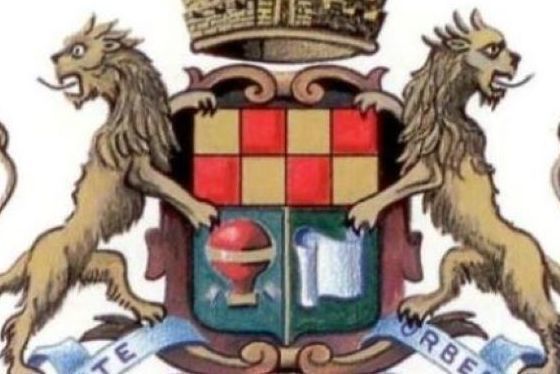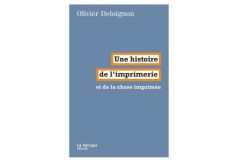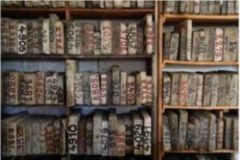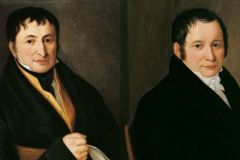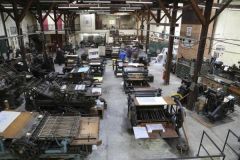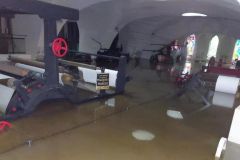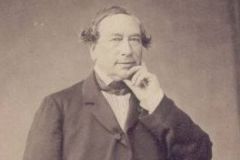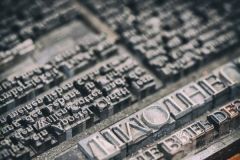For several centuries, generations of the Montgolfier family have contributed their inventions to the development of papermaking and its international renown. Montgolfier has been synonymous with paper since the 12th century. The story goes that one of the Montgolfiers, originally from Bavaria, was taken prisoner by the Turks during the Second Crusade around 1150 and employed by them in a paper-making workshop. He managed to escape and returned to Frankenthal in Bavaria, where he set up a paper mill. In 1350, two Montgolfiers emigrated to Ambert in the Auvergne region of France. Two centuries later, Michel and Raymond Montgolfier, on a tour of France, met the two daughters of master papermaker Chelles in Vidalon (near Annonay), Ardèche... and stayed. From then on, the Montgolfier name was associated with many innovations, of which here is a small selection.
Velin, cylinder, aircraft: Montgolfier innovations
The secret of vellum, the luxury parchment made from the skin of a stillborn calf, was held by the English. In 1777, the Montgolfiers succeeded in reproducing the technique so coveted by the English and created their own vellum: Annonay vellum, a smooth paper with no traces of warts.
In 1780, imports of whiter-than-white Dutch paper began to pose problems for Languedoc's balance of trade. The Montgolfiers were chosen to find a way to compete with the Dutch stacks. They succeeded by installing cylinders in place of the old mallets.
Two years later, all it took was a chimney fire warming a shirt as it inflated, and an article on the siege of Gibraltar by the French fleet, for Joseph Montgolfier to come up with the invention of the first aerostat. After a first, inconclusive test, Joseph and his brother Étienne, using paper as a thermal barrier, constructed an envelope reinforced with three layers of paper, and successfully launched the balloon in December 1782.
In recognition of its innovative potential, the Vidalon paper mill became Manufacture Royale in 1784, and took on its coat of arms and motto.
Tracing paper, colored paper, drawing paper: a successful takeover
In the early 19th century, Étienne Montgolfier's son-in-law, Barthélémy Barou de la Lombardière de Canson, took over the family business and continued to innovate.
Tracing paper introduced in 1809, followed by colored paper. Napoleon grants a patent to Barthélémy de Canson in 1809 "for the application to paper manufacture, of a coloring principle of perfect equality and foolproof fixity".
As early as 1824, paper machines were equipped with suction boxes, giving the paper greater strength. The manufacture of drawing, writing and wash paper was modernized, and a wax-based glue was developed to be mixed with the paper paste. No more risk of paper turning into blotting paper!
Photography took off, and quality supports became necessary: Vidalon's photographic papers saw the light of day in 1865.
The mid-twentieth century saw the appearance of a still iconic Canson product: the twelve-sheet drawing paper folder, designed to be slipped into every schoolboy's satchel.
In 2021, Canson, now part of the Italian Fila Group integrates the famous hot-air balloon into its logo, at the level of the Canson O.
